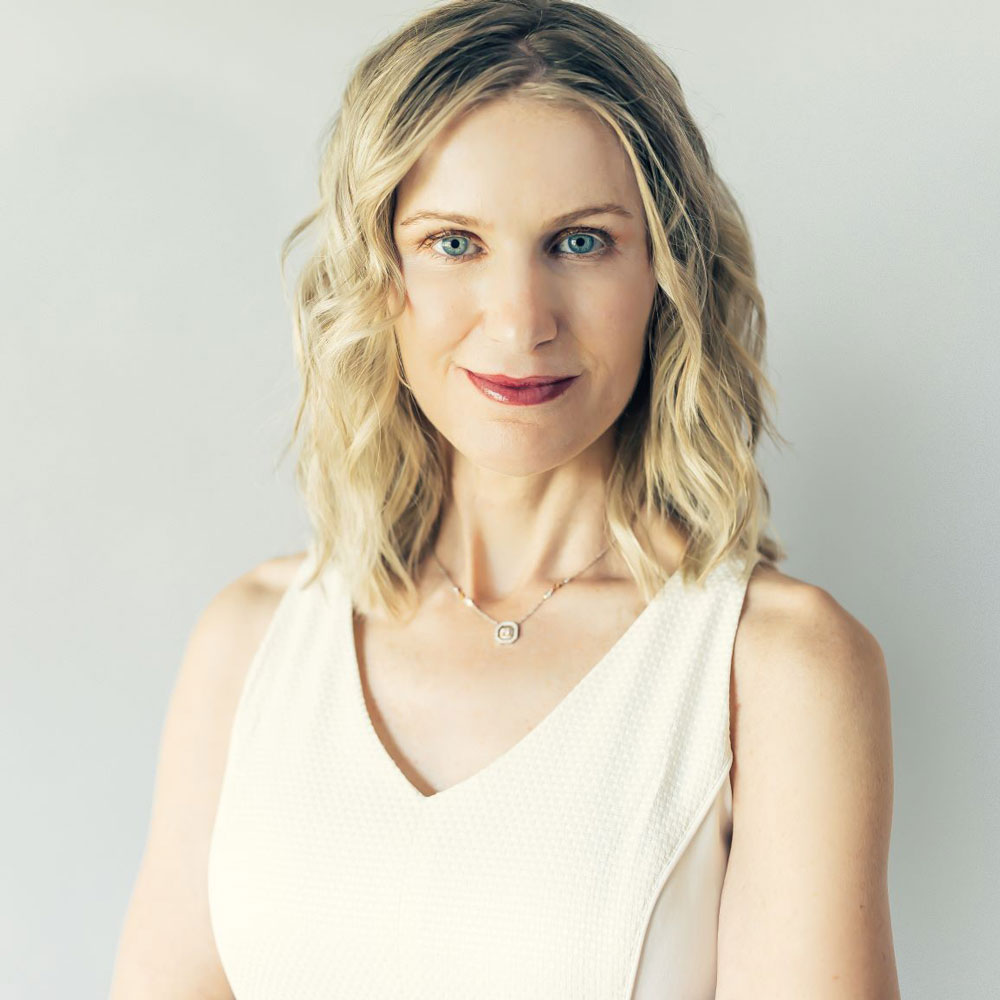Dermaplane
Dermaplaning is widely known as the most effective way to exfoliate and brighten the face. This technique manually removes dead skin cells and even removes the soft facial hair known as “vellus hair” or “peach fuzz.” The technique is done with a fine surgical scalpel and a highly-trained technician. After removing hair and dead skin cells, the face is invigorated with fresh cell growth. Additionally, subsequent procedures are especially effective because treatment is able to directly interact with the skin, instead of being interrupted by your skin’s protective layers. Dermaplaning leaves clients with fresh, luminous skin. Read on to learn more.
What are the benefits?
- Removes fine facial hair
- Cleaner, smoother skin
- Removes dead skin cells and encourages new cell growth for fresh, luminous skin
- Subsequent procedures are more effective because active ingredients can interact directly with the skin
- Effectively reduces superficial acne scarring and evens out skin tone
Who is a great candidate?
- Perfect for those with rough or dry skin texture
- Safe for clients who are pregnant or lactating, since it doesn’t involve any harsh chemicals
- Not recommended for those with active pustular acne, or clients with thick, dark facial hair
How does it work?
Dermaplaning is the next level of exfoliation, removing dull, dead skin cells from the dermis layer, along with fine hairs on the face. In dermaplaning, a surgical scalpel is used to softly “shave” the surface of the skin using small upward strokes. This procedure is completely painless, and doesn’t require any recovery time afterward. In fact, many of our clients enjoy the sensation!
Peeling off the top layer of skin encourages new skin cell growth, making your face look smooth and luminous and reducing the appearance of fine lines and skin discoloration.
During dermaplaning, the fine vellus hairs (also known as “peach fuzz”) on the face are also removed, leaving you with the most smooth face you’ve ever experienced. Contrary to the old superstition, vellus hairs do not grow back thicker and darker, and the only lasting effects of dermaplaning will be healthy, cleaner-looking skin.
Dermaplaning versus microdermabrasion or chemical peels
There are numerous options for advanced exfoliation on the market today, but which technique you opt for will depend on a few factors. Microdermabrasion is an exfoliation technique which uses a diamond-tip wand to abrade the skin’s surface and promote cell regeneration. Chemical peels are quick procedures which can be customized for your skin type and needs. However, many people like dermaplaning most of all because of a few unique benefits:
- It doesn’t involve any harsh chemicals
- Since it’s a very direct manual exfoliation technique, it’s easily controlled by the person performing the procedure, and will be very gently adapted for your skin’s needs
- It also removes fine hairs on the face, which is many clients’ favorite part, and not done via microdermabrasion or chemical peels.
When can I go back to work?
Dermaplaning takes about 30 minutes per session, and it requires no downtime whatsoever afterwards. You can simply head off to the rest of your day after an appointment, as you would with a salon visit. However, your skin might be sensitive afterwards, so wear sunscreen and take care which makeup and serums you use.
Dermaplaning can be redone every 3-4 weeks in order to maintain fresh, vibrant skin. To learn more about dermaplaning, give us a call!




